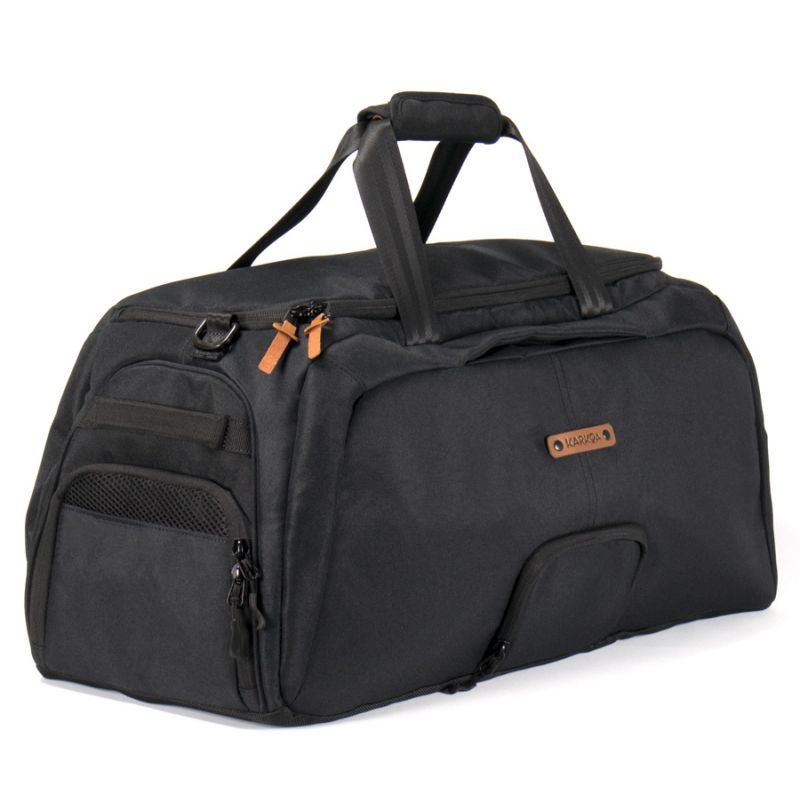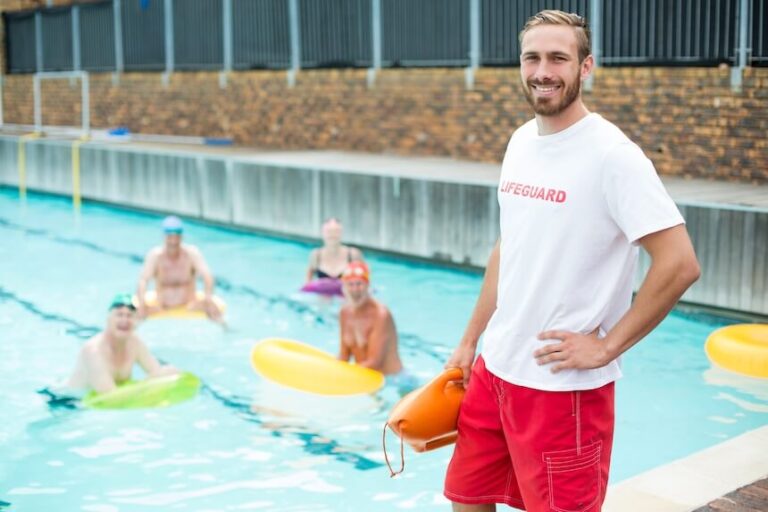If you don’t know the basics of how to dive, or if you’d like to improve your technique, we’ve put together a list of tips that may be of use to you. You’ll see that with a little self-confidence and a little courage, you can quickly become an excellent diver.
We’ll also take a look at the mistakes to avoid when learning to dive. Whether it’s for your safety or your health, it’s important not to overlook the consequences of a poorly executed dive. So here’s the complete guide to how to do a dive in swimming.
Learn to dive step by step
Familiarising yourself with movement
The very first thing to do is to integrate the movement that makes up the dive. In its simplest form, it involves letting yourself fall forward to land head first in the water. There is nothing natural about this release for the human body. To do this, start by practising out of the water, on a flat surface. Standing upright, let your body rock forward while controlling the fall, and hold on as you reach the ground. You can start by crouching down to get the hang of it.
Trying it out in the water
Once you feel more comfortable with the sensation of tipping over, you can start doing your first dives from the edge of a pool. Here too, the best technique is to start by crouching down and letting yourself fall, with your hands tied above your head.
Little by little, you can start to stand up, while continuing to let yourself fall, without forcing yourself, and making sure you don’t hurt yourself with each new attempt.
Providing impetus
If you’ve already completed the first two stages, then you’ve grasped the principle of diving. Now you need to be confident enough in your movements to dive like a professional.
To do this, starting from a standing position, you can
give your feet a push as you dive, to add amplitude to your dive, and enter the water at a greater distance.
Video to learn to dive in 10 minutes
Details to check before diving
Mastering the diving movement isn’t the only thing that’s important when learning to dive. As well as the movement itself, you need to check a few things before diving. For safety reasons, both for yourself and for others, but also to avoid unpleasant surprises. Before you start diving, you need to check the following points:
- The pool or basin in which you dive must be deep enough to prevent you from hitting the bottom.
- Position yourself close enough to the edge to avoid bumping into it and adjust your momentum according to the distance.
- Your starting position should be straight. Check the position of your feet, which should be parallel, and make sure you hold your hands above your head so that they stay linked as you enter the water.
- Look at the pool before you dive to make sure you won’t disturb anyone. When you jump, however, keep your head tucked into your shoulders and trust yourself.
Improving and perfecting your dives
With a few practice sessions and a bit of training, you’ll soon find that you can dive easily from the edge of a pool. If you want to increase the sensations you feel, you can increase the difficulty of your jumps and work on them more and more.
As with learning to dive, this is a step-by-step process. Working on momentum is one of the first things to do. The more power you give, the further you’ll be able to go and the greater your amplitude.
Afterwards, you can start from a raised block that you’ll find at the edge of Olympic-sized swimming pools. Thanks to a non-slip surface, you’ll have plenty of time to test your limits and work on your diving skills.
And for thrill-seekers, why not take the plunge and climb several metres? To do this, it’s best to start with a single jump to get a feel for the height. Then you can try your first high-flying dives. It’s the open door to acrobatics of all kinds.
Mistakes to avoid when diving
Unfortunately, accidents can happen when you’re learning to dive. Even professional divers are sometimes faced with tricky situations. But being aware of the danger can often eliminate the most common risks. That’s why we’ve listed some of the most common mistakes to avoid:
- Self-confidence is the key to a successful dive. We told you to tuck your head into your shoulders as you dive. And don’t look ahead when you jump, which is the best way to make a wrong move.
- Momentum is very important for a successful dive. Even if you learn to do it by simply tipping over, it’s vital to know how to gain amplitude to avoid flat spots, which can be painful.
- Positioning your hands above your head is essential. This serves both to direct the whole body and to make entry into the water more fluid. Above all, don’t unclasp your hands, and don’t dive head first.
Choosing the right swimming bag
Ready to try a dip in the pool? Discover Karkoa’s swimming bags with their many compartments and waterproof bag for optimum organisation of your pool gear, toiletries and change of clothes.
















